Nutrition Tips for Beating the Winter Blues
By Jennifer Keirstead, Holistic Nutritionist
Do you get the winter blues, and eat more sugar and junk food than you care to admit?
The weather and season affect our mood and health in profound ways. The lack of sunlight affects our serotonin and melatonin levels and disrupts our circadian rhythm – the body’s internal clock for sleeping based on exposure to light.
Related Article: How To Top Up On The Sunshine Vitamin This Winter
Seasonal Affective Disorder “SAD” is characterized by the onset of depression at certain times of the year. Even if you don’t develop all the clinical symptoms of SAD, the most cheerful among us can still feel these seasonal effects. From low energy, irritability, depression, and cravings for carbohydrates and sweets, the symptoms of SAD can be difficult to manage.
From a nutritional standpoint, there’s a lot you can incorporate in your diet alone to help your body adapt to the darker days and combat SAD.
Nutrition Tips to Improve Your Mood
- Omega 3 fatty acids from food and/or supplement capsules. Dietary sources include hemp seeds and oil, flax meal and oil, wild fish, sesame seeds, walnuts, and chia seeds. These fats have a powerful role in helping cells take up essential hormones, including those involved in mood regulation. Having enough Omega 3 in your diet helps prevent depression, heart disease, inflammation, and strengthens the immune system.
- Eggs from free-range chickens are packed full of choline, which has been shown to regulate mood and energy levels.
- Sprouted, whole grain bread is easier on the digestive tract than regular wheat bread, and is lower in sugar. This helps prevent your levels of blood sugar from crashing, and will helps maintain our energy and ultimately our mood.
- Protein is essential for energy and stamina and helps your brain produce dopamine, norepinephrine, and other neurochemicals that keep you calm yet alert.
- Fresh, raw vegetables, ideally organic, which are packed full of vitamins, minerals, and enzymes.
- Nutritional supplements such as super greens, Vitamin D, and all the B’s are essential to keep your immune system revved up, and have more energy and vitality.
What should you skip in your diet to prevent the winter blues? Sugar.
Sugar. We know, this isn’t as easy as it sounds. But give it a try. Next time you are feeling particularly low, pass on the cookies and indulge in a serving of sashimi instead.
Eat well this winter to improve your mood and well being!
What is Mountain Trek?
Mountain Trek is the health reset you’ve been looking for. Our award-winning health retreat, immersed in the lush nature of British Columbia, will help you detox, unplug, recharge, and roll back years of stress and unhealthy habits. To learn more about the retreat, and how we can help you reset your health, please email us at info@mountaintrek.com or reach out below:

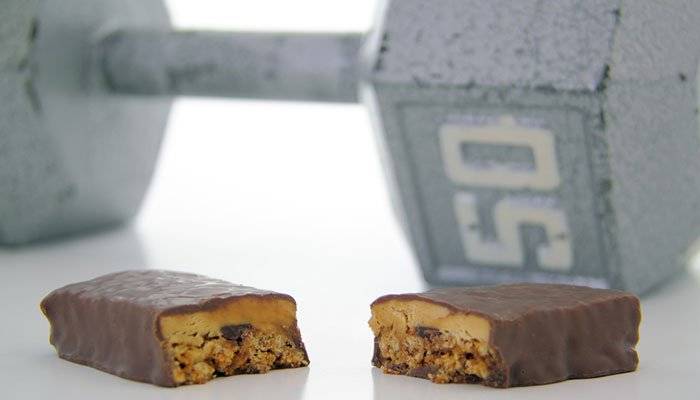
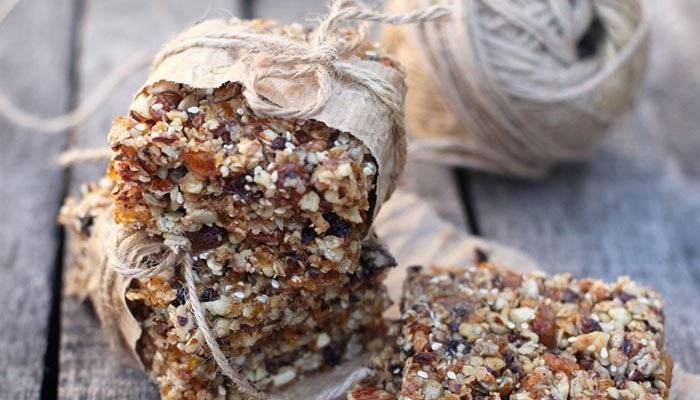
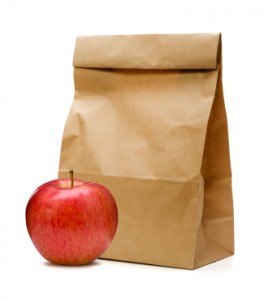

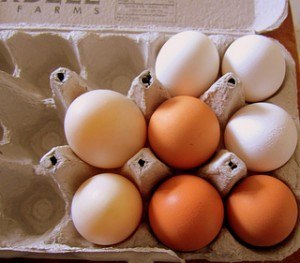
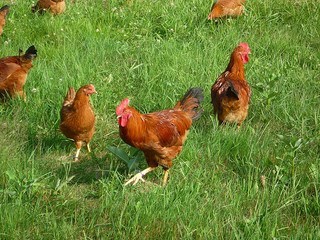
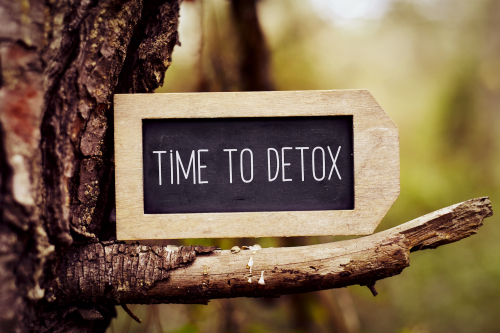
 Everyone’s favorite breakfast beverage is suspect. Whether it’s coffee or tea, most North Americans are drinking a caffeinated beverage in the morning. By following this comforting ritual, your cup of caffeine can lead to difficulty losing weight.
Everyone’s favorite breakfast beverage is suspect. Whether it’s coffee or tea, most North Americans are drinking a caffeinated beverage in the morning. By following this comforting ritual, your cup of caffeine can lead to difficulty losing weight.
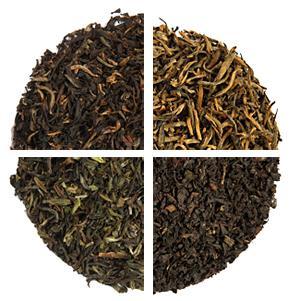
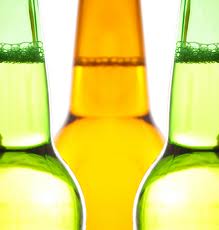 While we can enjoy alcohol in moderation, we recommend that you get to know your vices a bit better in order to make good decisions about when you do decide to have a drink. How alcohol affects weight gain or
While we can enjoy alcohol in moderation, we recommend that you get to know your vices a bit better in order to make good decisions about when you do decide to have a drink. How alcohol affects weight gain or 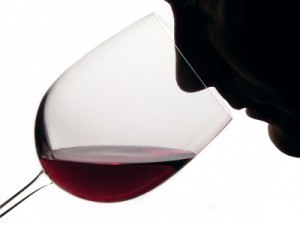 Facts About Alcohol
Facts About Alcohol